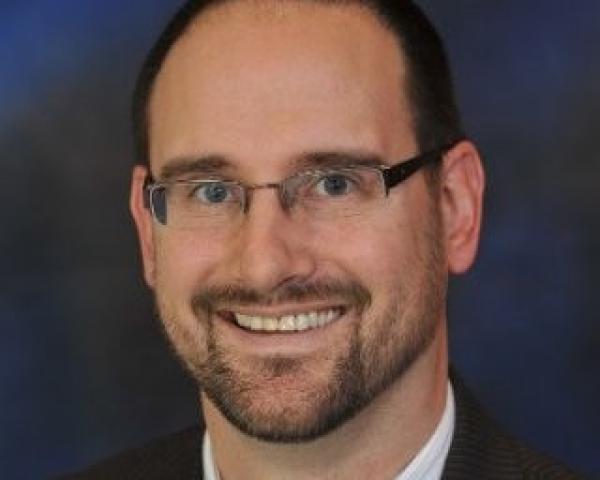The world of insurance is changing rapidly. From transformational advancements driven by insurtech, artificial intelligence, robotics process automation, blockchain and wearables, to changes in the way insurance companies design and implement new products (e.g., design thinking, minimum viable product and behavioral economics), innovation is happening all around us. As Karen A. Morris said in
her article "Innovation Lessons From the Flock," “The feather in every innovator’s cap is the ability to question, relentlessly and with energetic humility.” There is no doubt that insurance companies across the country are questioning the impact of changes on their ability to compete.
However, the insurance industry may need to spend a little more time thinking about how their customers are purchasing insurance and how the point of sale is potentially changing. This article will share some examples of areas where insurance companies may need to rethink how they attract and retain insurance customers in the very near future as purchasing habits evolve.
The Rise of Subscription Models
In the CNBC article titled "The ‘Netflix’ Model of Car Ownership Is on the Rise for Drivers Who Need Wheels – Without the Debt," the author discusses the growing trend of automakers, dealers and startups that are offering subscriptions as an alternative way to get
into a vehicle. By subscribing to a vehicle, a person can avoid the traditional leasing of a vehicle or financing the vehicle through the auto manufacturer, used car dealer or bank.
For insurance companies, perhaps the most important feature to note about a subscription model is that the automaker, dealer or startup will charge a flat monthly fee packaging together all the expenses associated with owning or leasing a vehicle. Included in that fee, you guessed it, is personal automobile insurance. The article mentions a number of companies offering subscription options. A visit to the news sections of these companies shows how fast dealership partnerships and car subscriptions are growing.
See also: Digitalization – the Great Disappointment
Professional Employer Organizations (PEOs)
For the workers’ compensation line of business, insurance companies will need to monitor the impact of PEOs and aggregators of services that offer to own the insurance risk for multiple clients across multiple states. Through the law of large numbers, mobile claim reporting apps, strategic partnerships with pharmacy benefit managers, third party administrators and insurance companies, PEOs are able to sell the fact that they are better equipped to handle the workers’ compensation claim life cycle. As you can tell from reading the financial results of a number of the largest PEOs, they are growing rapidly… translating into more and more companies where somebody other than the insurance companies competing in the open market are owning the insurance relationship directly through a relationship with the PEO.
Why the Point of Sale Matters
For insurance companies that are relying on their traditional sales channels of agents and direct sales to renew their current customers or attract new business, they may be in for a surprise some day soon. As subscription models and PEOs continue to attract and rapidly grow their customer base, traditional insurers will lose customers who are shifting to these new low-hassle business models. A good analogy in this case would be the boiling frog in a pot. If you place a frog in a pot of boiling water, it will jump out immediately. If you put a frog in a warm pot and slowly raise the temperature, the frog will continue with business as usual. In a similar manner, if insurance companies don’t recognize that these new models are slowly but surely taking away business, an insurance company could some day wake up and find that a lot of customers have disappeared from the market.
Researching Who Owns the Relationships
There is no doubt that some companies have gotten out ahead of the curve when it comes to recognizing that the point of sale for insurance has started to change for auto liability, workers’ compensation and a few other lines of business. Although we won’t name the insurance partners of subscription companies and PEOs, there are some easy ways one can find out the information.
For publicly traded companies, searching for insurance keywords in the company’s 10-K/10-Q is a fine place to start. For both public and private companies, searching their website and visiting areas that address frequently asked questions related to accidents and filing a claim can also be helpful. For one subscription company, the authors identified the startup’s insurance partner by downloading the app and visiting the FAQ section. By looking for answers related to questions about accidents and insurance, we found the number for the insurance provider, dialed it and heard the name of the insurance partner. For one PEO, we were able to visit the insurance resources section of the website and learn everything about the workers’ compensation program (e.g., certificate of insurance form, claim reporting form, pharmacy benefits provider, etc.).
See also: Reinventing Sales: Shifting Channels
Conclusion
As Larry Keeley said in his book, "Ten Types of Innovation – The Discipline of Building Breakthroughs," “Successful innovators analyze the patterns of their industry. Then they make conscious, considered choices to innovate in different ways.” Based on the trends and patterns we have described, it will be important for insurance companies to rethink where they should focus their energy when it comes to the point of sale for certain lines of business. As the competitive landscape continues to evolve, those who adapt first and recognize shifting points of sale will likely have a first mover advantage from a data analysis, relationship and diversification perspective.



